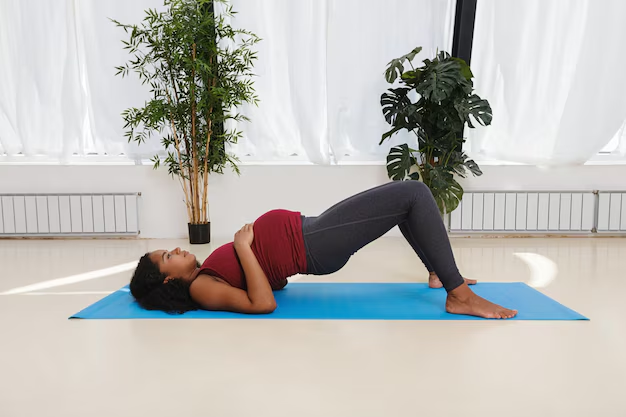Learn How to Manage Incontinence Effectively
Living with incontinence can be challenging, affecting both confidence and quality of life. Whether it's a mild inconvenience or a major disruption, regaining control begins with understanding the condition and exploring available solutions. Fortunately, there are numerous strategies and resources to help manage and even stop incontinence.
Understanding Incontinence
Incontinence refers to the loss of bladder control, ranging from occasional leaks when coughing or sneezing to sudden urges that don't provide enough time to reach a restroom. Common causes include weak bladder muscles, pregnancy, childbirth, menopause, and certain medical conditions such as diabetes or obesity.
Practical Steps to Improve Bladder Control
Pelvic Floor Exercises: Also known as Kegel exercises, these strengthen the muscles that control urination. To perform them, tighten your pelvic muscles as if trying to stop urination, hold for a few seconds, and then release. Regular practice can lead to significant improvements.
Bladder Training: This involves scheduling bathroom visits and gradually increasing intervals between them to train the bladder to hold urine longer.
Mind Your Diet and Fluid Intake: Certain foods and drinks, like caffeine, alcohol, and spicy foods, can irritate the bladder. Similarly, adjusting your fluid intake to prevent dehydration without overloading the bladder can help.
Maintain a Healthy Weight: Excess weight can put pressure on the bladder, so healthy lifestyle changes can improve symptoms.
Medication and Devices: Consult with a healthcare provider about medications that may reduce symptoms or devices like pessaries that can support bladder control.
Considering Higher-Value Solutions
While these steps can drastically improve quality of life, further actions might be necessary for those struggling to access necessary treatments due to financial constraints. Thankfully, a range of government aid programs, financial assistance, and educational resources are available to help manage the costs associated with medical care.
Navigating Financial Support and Educational Opportunities
Access to comprehensive healthcare often requires financial planning, and this can involve exploring several routes:
Government Aid and Financial Assistance: Programs such as Medicaid and Medicare often cover different aspects of incontinence care, including doctor visits, medications, and even certain surgeries. These programs act as a safety net for those unable to afford private insurance.
Debt Relief Options: For those facing financial hardship, organizations provide strategies to manage or reduce existing debt, easing the burden of medical expenses.
Credit Card Solutions: Some credit card plans offer healthcare financing options which allow for spread-out payments with reduced interest rates, making out-of-pocket costs more manageable.
Educational Grants: Consider applying for adult education grants if pursuing a career shift necessitated by health changes. Such opportunities can empower individuals with new skills and better income, ultimately facilitating improved access to medical care.
In addressing incontinence, remember that holistic management and resourcefulness can go a long way. Explore all available options to regain control over your health and financial stability, returning focus to what truly matters—living a fulfilling and comfortable life.
Helpful Resources for Financial and Medical Support:
- 💸 Medicaid and Medicare: Comprehensive coverage options for medical treatments.
- 🏦 Nonprofit Debt Assistance Programs: Guidance and support for managing debt.
- 💳 Healthcare-focused Credit Options: Utilize cards with medical financing plans.
- 🎓 Adult Educational Grants: Opportunities for career advancement and increased income.

Related Topics
- a Patient You Are Caring For Uses Incontinence Briefs
- Are Incontinence Products Tax Deductible
- Are Incontinence Supplies Covered By Medicare
- Are Incontinence Supplies Tax Deductible
- Can a Bladder Infection Cause Urinary Incontinence
- Can a Kidney Stone Cause Incontinence
- Can a Urinary Tract Infection Cause Incontinence
- Can a Uti Cause Incontinence
- Can Constipation Cause Incontinence
- Can Constipation Cause Urinary Incontinence